Written by Bryan Dearsley
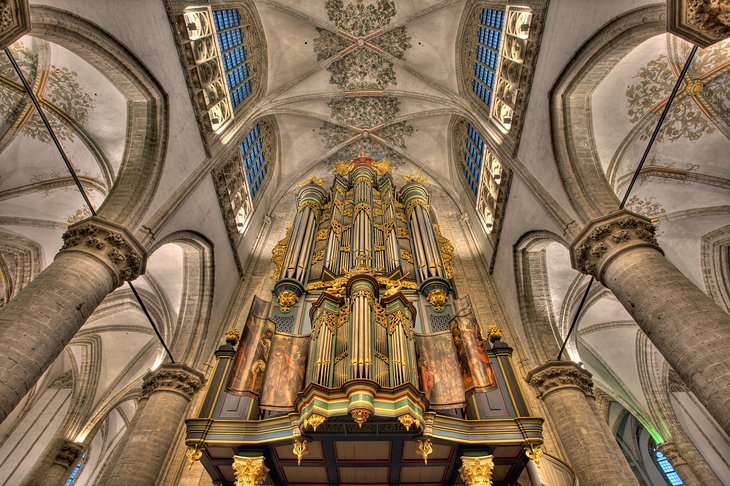
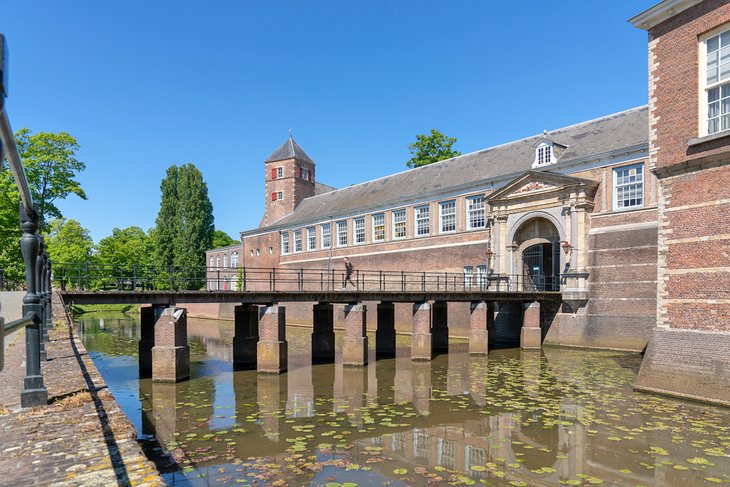
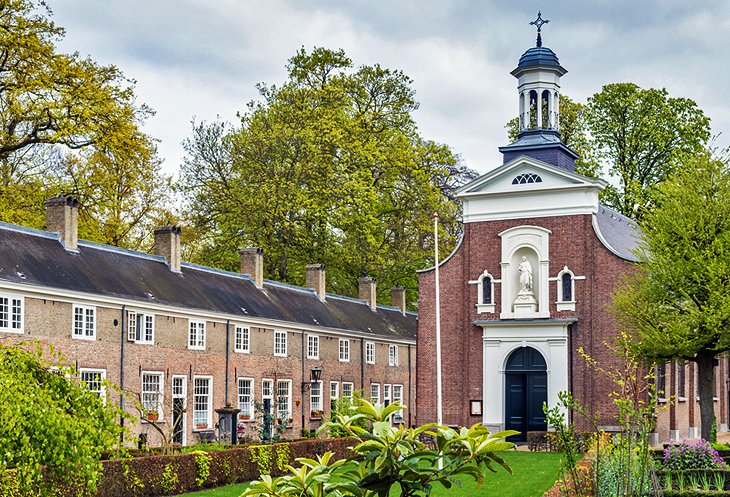

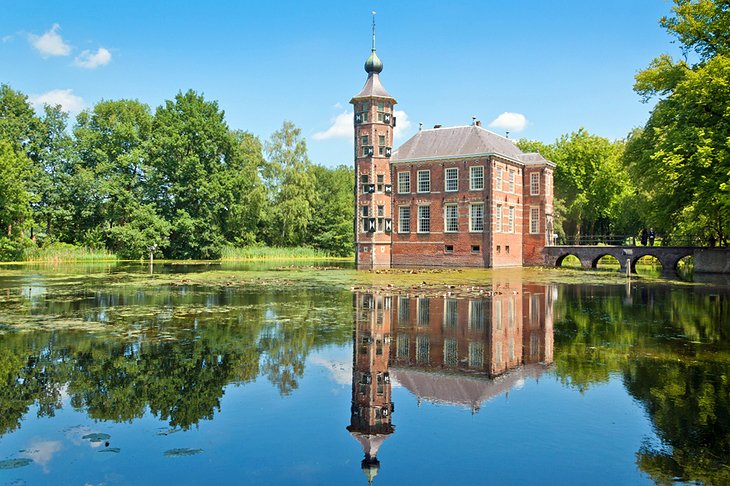

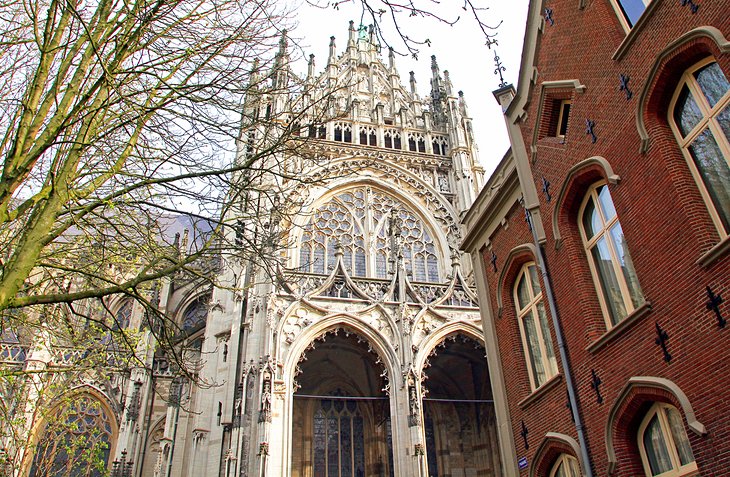

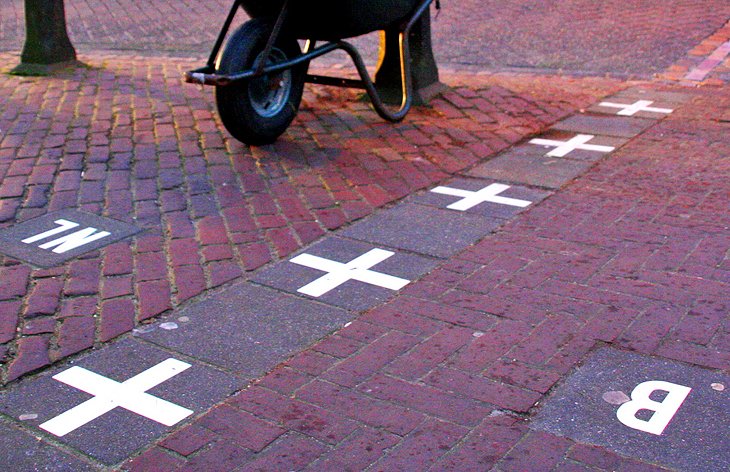
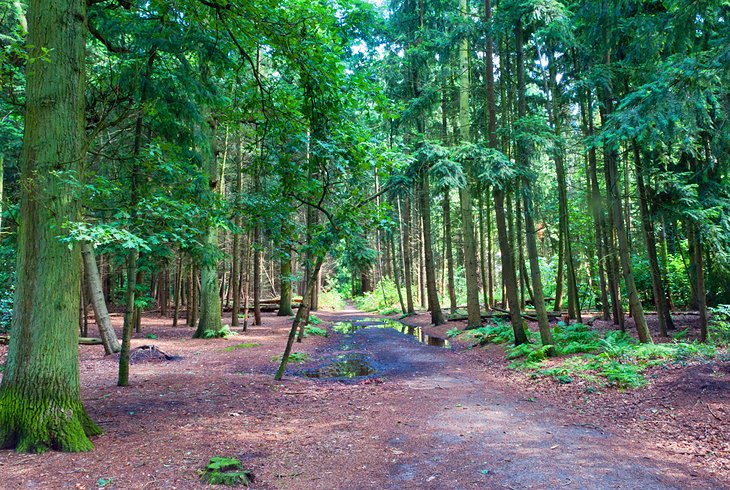
The city of Breda lies near the Belgian frontier in western
Noord-Brabant, at the junction of the rivers Mark and Aa. A cultural
center with numerous research and educational institutions, Breda has
become an important tourist destination thanks to its historic city
center with many attractive old buildings and moats. Breda rose in
importance in the 12th-century due to the protection of its castle, and
from the late Middle Ages onwards played an important role in the
history of the Netherlands.
Fortified in 1534, it withstood numerous sieges, and the Compromise of
Breda in 1566 marked the beginning of the successful revolt against
Spanish rule, while the Peace of Breda in 1667 ended the second naval
war with Britain and recognized Dutch ownership of the East Indies. The
town's fortifications again played an important role during wars with
the French in 1793-95 and 1813, and today offer just one of many great
reasons to explore this historic old city.
1 Grote Kerk

Grote Kerk
Share:
Built in 1290 in Gothic style, Grote Kerk (Onze-Lieve-Vrouwekerk)
also shows later Renaissance influences, most noticeably in the choir.
The church's magnificent 97-meter tower, completed in 1509, dominates
the city, while interior features of note include its Late Gothic choir
stalls carved with scenes satirizing the clergy and a copper font made
in 1540 by Joos de Backer of Antwerp.
Other highlights are its impressive organ and the large painting above
it of St. Christopher from around 1500. Be sure to visit the imposing
16th-century Renaissance tomb of Count Engelbrecht II of Nassau and his wife.
This fine alabaster masterpiece is one of a number of tombs in the
ambulatory, including the monument of Count Engelbrecht I and his son,
who died in 1443 and 1475, respectively.
Address: Kerkplein 2, 4811 XT Breda
2 Breda Castle

Breda Castle
Share:
Breda Castle (Kasteel van Breda) first appears in official records in
the 12th century and has played an important role throughout the city's
history. Several times pulled down and rebuilt, the present castle -
the ancestral home of the Counts of Orange-Nassau - was built in 1530 by
Count Henry III, tutor and counselor to Emperor Charles V, and later
extended by King William III. Henry later commissioned the old fortified
castle to be converted into a handsome modern palace, and one of Prince
William I's sons was the first member of the family to live in the
palace. Of particular note are the two towers, the Spanjaardsgat and the
Blokhuis, and the palace grounds, entered by the Stadhouderspoort.
Address: Kerkplein 10, 4811 XT Breda
3 Editor's Pick Begijnhof and the Beguines

Begijnhof church
Share:
The Begijnhof, a district settled by an order of Catholic women known
as the Beguines, was established in 1836 (the group itself can trace
their roots back to the 13th century). The community's two churches and
each of the 29 little houses survived WWII unscathed, and along with the
central herb garden with its hundreds of different species of plants,
makes for a very pleasant outing (a small museum is also on site). Also
of interest is nearby Valkenberg Park, home to the Nassau Barony
Monument built in 1905. Designed by well-known architect PJH Cuypers,
the monument shows the coats of arms of 20 communes in the surrounding
area, along with the lion of Nassau with a royal crown, sword, and
heraldic shield.
Address: Catharinastraat 45, 4811 XE Breda
4 Spaniard's Hole

Spaniard's Hole
Share:
In Breda's Cingelstraat is the remarkable Spanjaardsgat, or
Spaniard's Hole, a large water gate flanked by twin towers - the
Granaattoren and the Duiventoren - and a length of wall. It was here,
according to legend, that Adriaan van Bergen and 70 men slipped into the
town and recaptured it from the Spaniards (although the story is a
little suspect as the structure wasn't completed until 1610, some years
after the city's liberation). Also worth visiting is Breda's Port Quarter, where a number of handsome old storehouses still stand, along with the remains of the Gasthuispoort, one of three of the town's medieval gates.
5 Ginneken and Castle Bouvigne

Castle Bouvigne
Share:
Just three kilometers south of Breda in the quaint village of
Ginnekin is the attractive old Castle Bouvigne, a 15th-century fortress
famous for its superb moat and its mix of French, English, and
German-style gardens. Part of the original defenses of Breda, the castle
was purchased by William I's son, Prince Frederick Henry, in 1614, who
made it his headquarters during the siege of Breda in 1637. A stroll
around the estate's lovely gardens (open to the public) is time well
spent.
Address: Bouvignelaan 5, Breda
6 Old Town Breda

Old Town Breda
Share:
Breda's picturesque Old Town center is a wonderful place to explore, day or night. Surrounded by a ring of canals is the Grote Markt, home to the majestic Grote Kerk and the 18th-century Town Hall (Stadhuis).
The oldest part of the Town Hall is the Great Hall, along with the
adjoining Little Town Hall (Cleyn Raedthuys). Built in 1767 by combining
three adjoining houses to create a unified façade, the building was
further expanded in 1898 and again in 1925 with the addition of the
Council Chamber with its impressive stained glass. Highlights of a visit
include a chance to see a copy of Velázquez's famous painting, Surrender of Breda,
and the garden with its old coach-shed (now a conference room). Another
attraction, just a few minutes walk northeast of the Grote Kerk, is the
Kasteelplein with its old buildings and equestrian statue of William III of Orange.
7 St. Janskathedraal, 's-Hertogenbosch

St. Janskathedraal, 's-Hertogenbosch
Share:
About 50 kilometers east of Breda is the city of 's-Hertogenbosch,
capital of the province of Brabant and home to one of the most
attractive churches in the Netherlands, St. John's Cathedral (St.
Janskathedraal). Built between 1280 and 1312, this splendid Roman
Catholic cathedral was given its present Gothic form between 1380 and
1530. Notable not only for its size - it's 115 meters long by 62 meters
wide, making it the largest church in the Netherlands - highlights
include the ring of seven chapels built between 1480-96 around the
choir, along with its rich medieval sculptures and stained glass. Also
noteworthy is the 13th-century painting of Our Sweet Lady of Den Bosch
in the Lady Chapel, as well as the numerous carved figures of saints,
and reliefs of the life of John the Baptist. Other highlights include
the carved Renaissance pulpit from 1566, the large organ from 1635, the
baptistery with its fine copper font from 1492, and the exquisitely
carved choir stalls from 1480.
8 The Breda Museum

Begijnhof cloister courtyard
Kristina D.C. Hoeppner
Share:
On the south side of the Grote Markt is the old Meat Hall, or
Vleeshal (look for the handsome 17th-century sandstone doorway).
Together with the adjoining building once occupied by the Marksmen's
Guild of St. George, the Meat Hall now houses the Breda Museum, the
city's municipal collections. Highlights include numerous permanent
exhibits dealing with the art and history of Breda, along with a varied
program of interesting temporary exhibits. The Breda Museum also
operates a number of satellite collections, the most interesting being
the Begijnhof Museum with its history of the city's Beguine community, and Museum de Kerkschat with its important religious relics.
Address: Chassépark Breda, Parade 12, 4811 DZ Breda
9 Baarle-Nassa and Baarle-Hertog: A Tale of Two Towns

Baarle border
Alix Guillard
Share:
About 21 kilometers to the southeast of Breda is the town of
Baarle-Nassau, famous for being twinned with Baarle-Hertog, a Belgian
enclave in Dutch territory that's been separated from Baarle-Nassau
since the 15th century. It's a fascinating place to visit and includes
unique experiences such as having a coffee break in the Netherlands and
afterwards visiting the cafés washroom, no more than few feet away, in Belgium
(without even leaving the building). Markers showing this rather
confusing border are located throughout both towns, dissecting roads,
houses, and restaurants, sometimes with the structure's national
affiliation being determined only by the position of the front door.
(All told, 21 such enclaves exist in the Netherlands, while eight Dutch
enclaves can be found in Belgium.)
10 The Mastbos

The Mastbos
Share:
Just a few kilometers south of Breda, near Bouvigne Castle, is
the Mastbos, a beautiful wooded park of more than 1,250 acres that has
become one of the region's most popular recreation spots. Taking its
name from its many tall pines - they were for centuries used for the
masts of the Dutch and Spanish fleets - Mastos is one of the country's
oldest forests and has been tended and replanted numerous times through
the centuries, including 1505 when Scots Pine were planted. Once a
popular hunting ground for the aristocracy, the park is now all about
the walking trails through the rich flora and fauna, with numerous
beautiful views making it a perfect picnic spot.
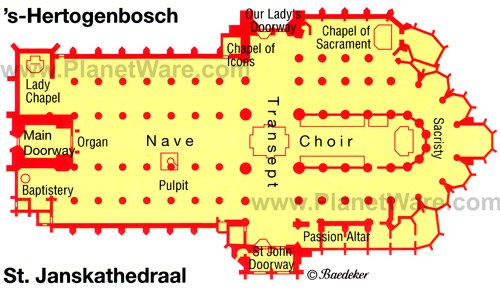
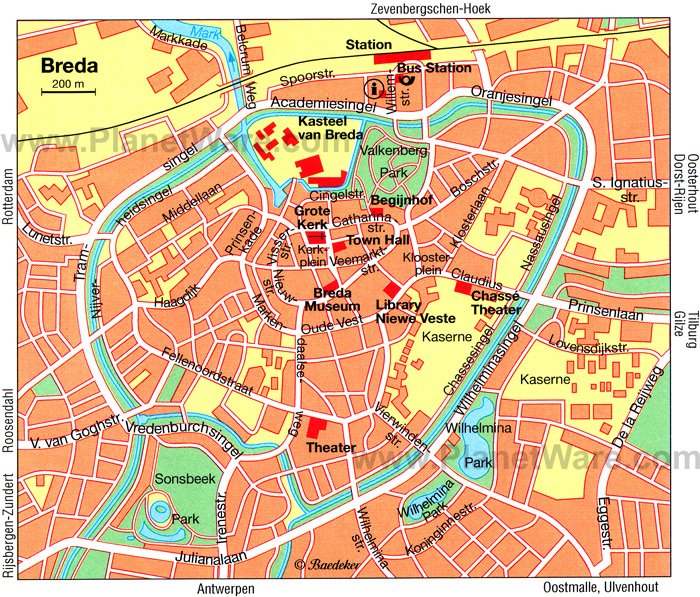
No comments:
Post a Comment